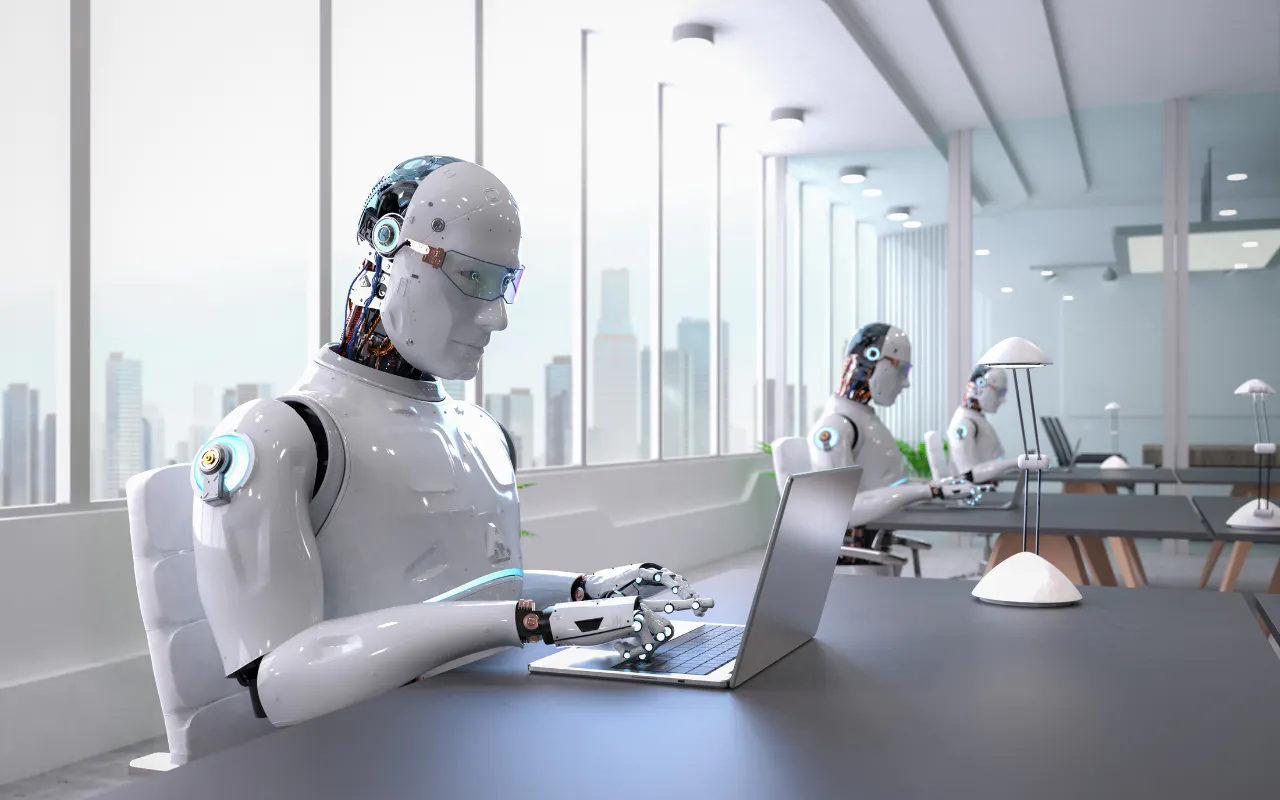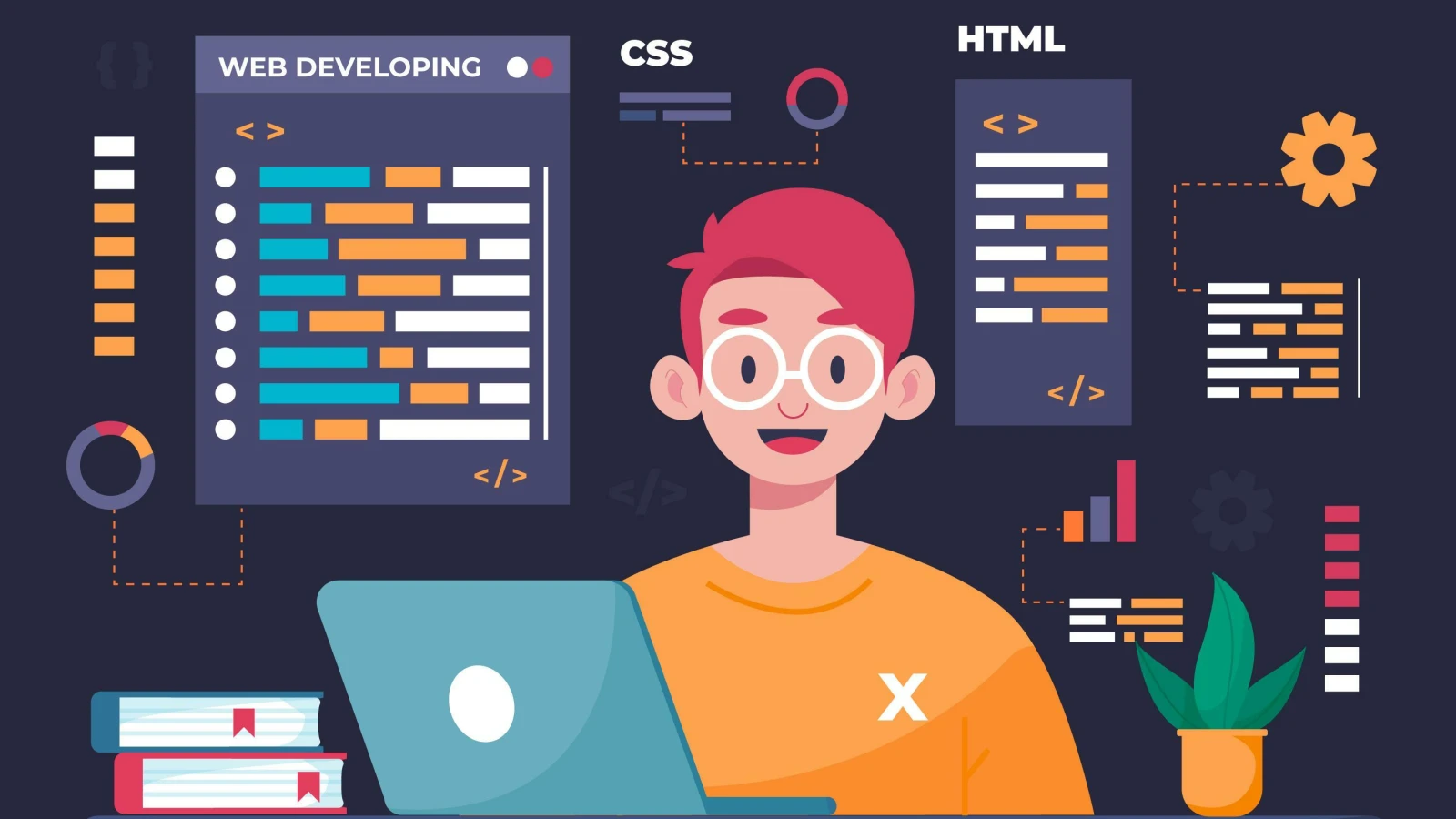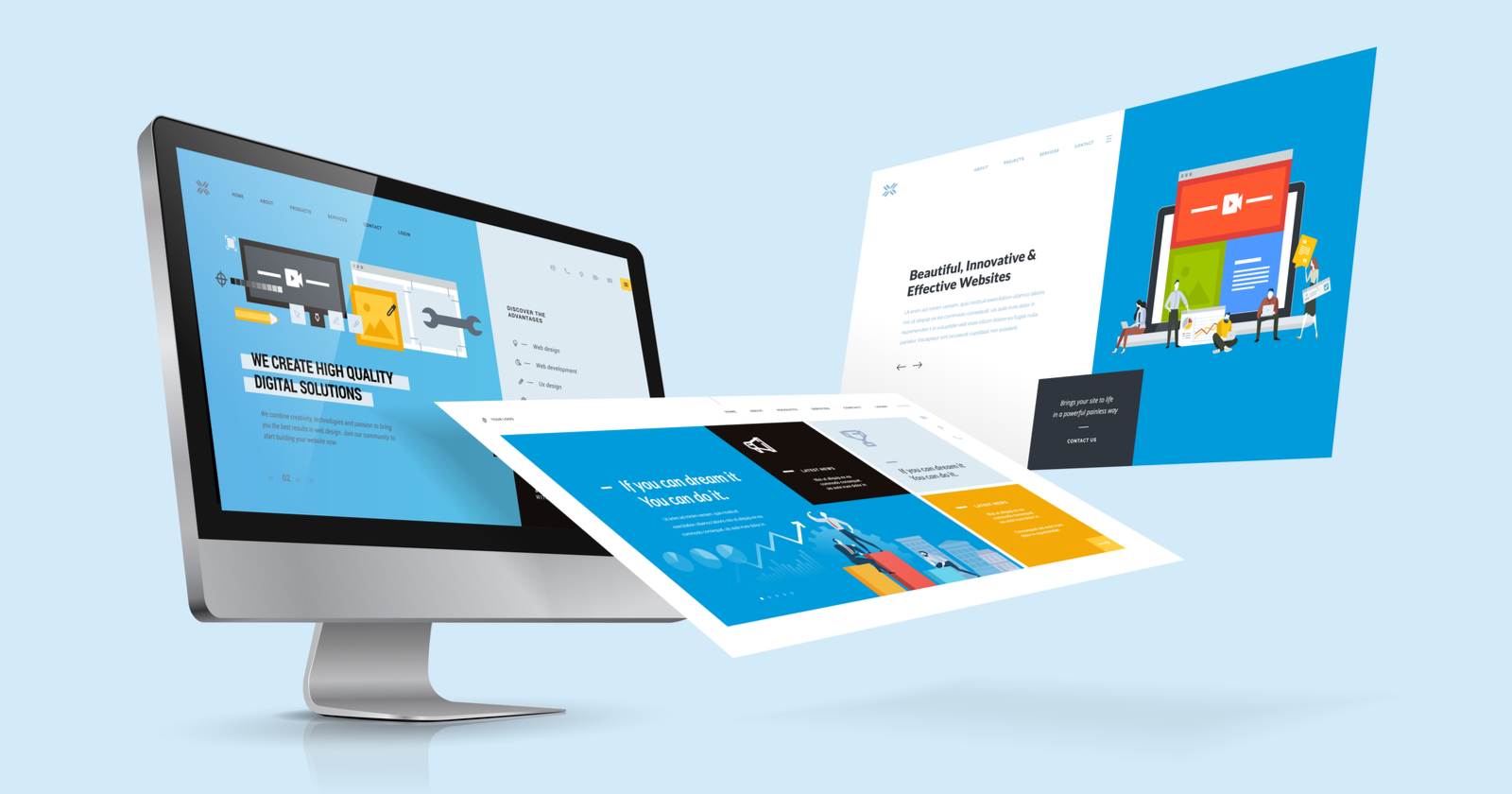The landscape of web design has evolved dramatically over the past few decades. From the early days of static HTML pages to the dynamic and responsive websites of today, designers have continually adapted to changing technologies and user expectations. One of the most significant shifts in recent years has been the integration of artificial intelligence (AI) and machine learning (ML) into web design practices. This fusion of creativity and technology promises a future where websites are not just aesthetically pleasing but also highly functional and personalized. In this article, we will explore the exciting developments in the field and discuss how AI and ML are shaping the future of web design.
- Automated Design Assistance
AI and ML are already playing a crucial role in streamlining the web design process. Designers are no longer limited to manually creating every element of a website. Instead, they can rely on AI-powered tools and algorithms to assist in various design tasks. These tools can generate layout suggestions, recommend color palettes, and even propose typography choices, saving designers valuable time and effort.
For example, AI-driven design platforms like Adobe Sensei can analyze a designer’s preferences and generate design recommendations based on their past work. This not only expedites the design process but also encourages creativity by presenting new and innovative ideas.
- Personalized User Experiences
Personalization has become a cornerstone of modern web design. AI and ML algorithms are instrumental in creating personalized user experiences that cater to individual preferences and behaviors. These technologies collect and analyze user data to deliver tailored content, recommendations, and interfaces.
Take e-commerce websites as an example. AI algorithms can analyze a user’s browsing history, purchase patterns, and demographic information to suggest products that are most likely to appeal to them. This not only enhances the user experience but also boosts conversion rates and customer satisfaction.
- Improved User Interface (UI) and User Experience (UX) Design
AI and ML are revolutionizing UI and UX design by providing data-driven insights. Designers can utilize machine learning to optimize user interfaces for maximum usability and engagement. For instance, A/B testing with AI assistance can help designers identify which design elements and layouts perform best with real users.
Additionally, AI chatbots and virtual assistants are becoming common features on websites, offering instant support and guidance to users. These AI-driven chatbots can answer common questions, provide product recommendations, and guide users through complex tasks, enhancing overall user satisfaction.
- Dynamic and Responsive Design
The proliferation of various devices and screen sizes makes responsive design a necessity in today’s web development. AI and ML are making it easier for websites to adapt to different screen sizes and orientations. By analyzing user behavior and device data, these technologies can automatically adjust the layout and content to ensure an optimal viewing experience.
Moreover, AI can predict user actions, such as scrolling or clicking, and preload content accordingly, reducing loading times and improving overall performance. This proactive approach to design enhances user engagement and satisfaction.
- Content Generation and Curation
Content creation is a time-consuming aspect of web design. AI-powered content generators can produce text, images, and even videos, saving designers from the tedium of manual content creation. These tools use natural language processing and computer vision to generate content that aligns with the website’s theme and style.
Furthermore, AI-driven content curation can ensure that users are presented with relevant and engaging content. By analyzing user behavior and preferences, algorithms can recommend articles, products, or multimedia that match individual interests, keeping users engaged and coming back for more.
The future of web design is undeniably intertwined with artificial intelligence and machine learning. These technologies are empowering designers to create more efficient, personalized, and engaging websites. As AI and ML continue to advance, we can expect web design to become even more dynamic and responsive, offering users tailored experiences that meet their unique needs and preferences. Embracing these technological advancements will be essential for designers and businesses looking to stay competitive in the ever-evolving digital landscape.




